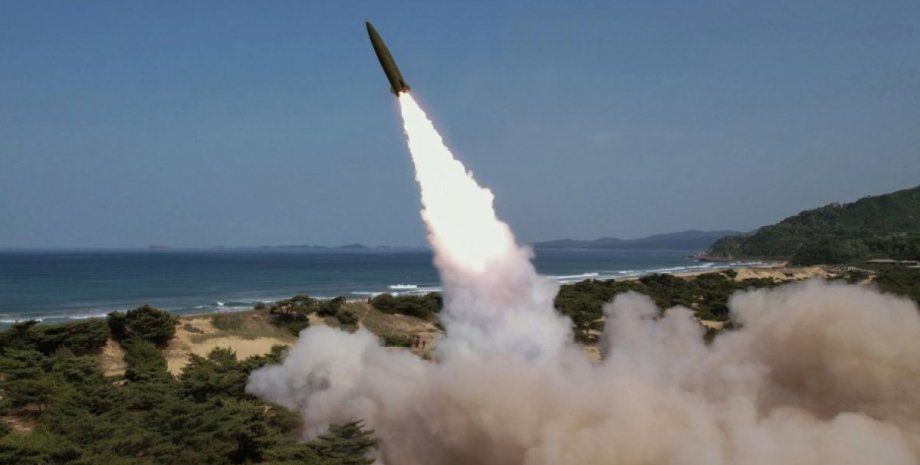
The ability to make a volley from 1000 rockets causes serious fears in Seoul about the strategic intentions of the DPRK and stability on the Korean Peninsula. The Army Recognition Observations of the Hwasong-11D pointed out about the danger. Hwasong-11d, also known as Hwasongpho-11ra, is a ballistic missile system with a maximum firing range of 300 km. This allows her to achieve goals throughout South Korea, including large city centers, military facilities and critical infrastructure.
The design of the rocket resembles the Soviet point "point-y", which is not distinguished by range and accuracy, but can be deployed in large quantities. The exact potential of the Hwasong-11d warhead remains unclear, experts write, but it is assumed that missiles can be equipped with various ordinary warheads similar to "point-y". The possibility of using nuclear, chemical or biological ammunition is not excluded, although such data are not confirmed.
At the same time, the versatility of a rocket capable of carrying different types of amount of load makes it strategically important. The estimates of the rocket complex should also take into account its mobility the possibility of rapid deployment. In this case, the rocket can be run from several platforms, which complicates its detection and interception. This allows the DPRK to quickly relocate their missile installations, making them less vulnerable to strokes.
The authors of the material emphasize that for Seoul the deployment of Hwasong-11d requires a reassessment of its defense strategies. The rocket radius covers most of South Korea, including densely populated areas and critically important infrastructure. And the potential for starting up to 1000 rockets in one volley is a serious challenge for South Korean Anti -Retroid Defense Systems, such as Thaad and Patriot, which may encounter difficulties while intercepting such a large number of missiles.










All rights reserved IN-Ukraine.info - 2022